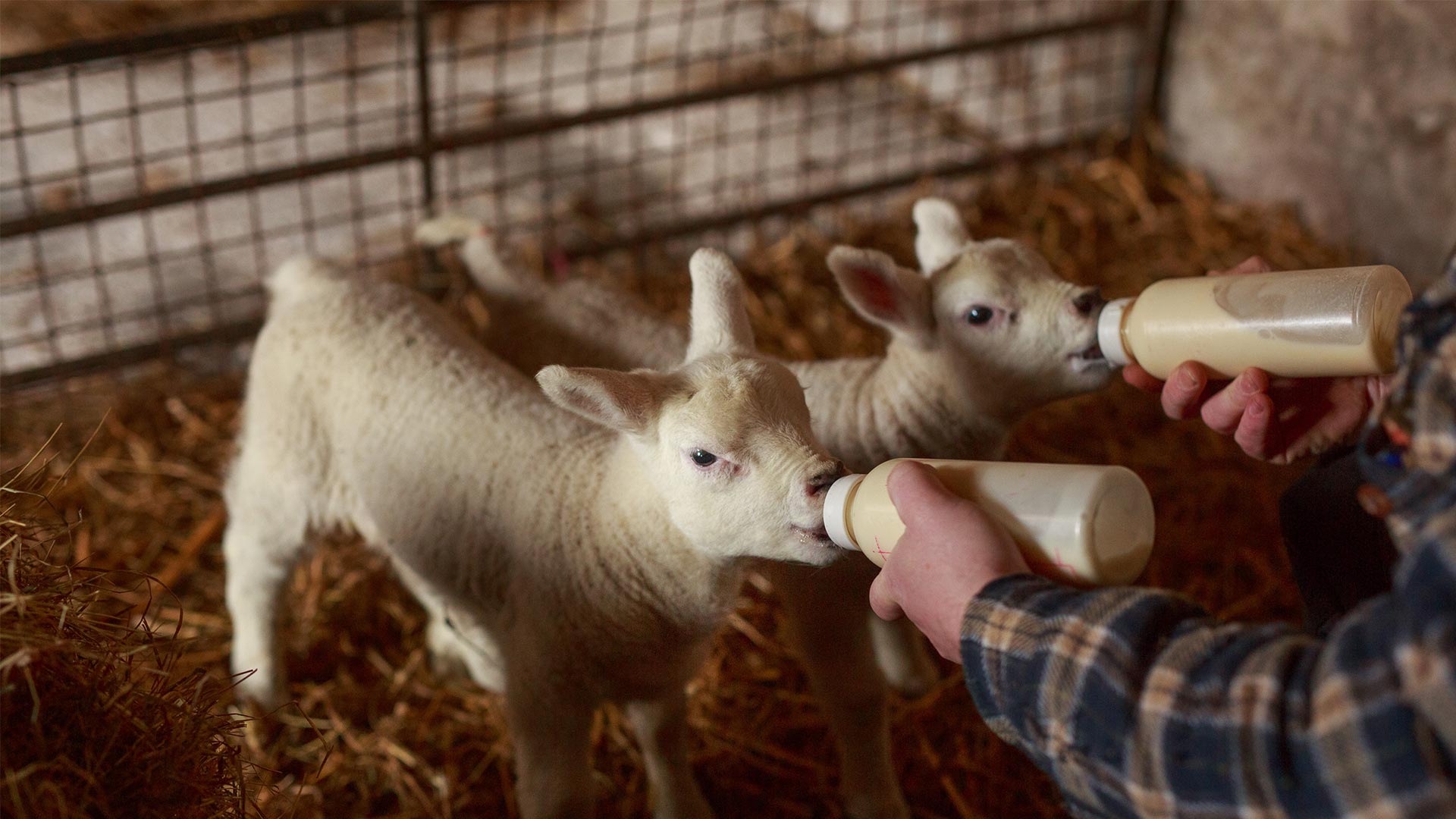

paratuberculosis in their manure at levels high enough to be detected. Animals appear healthy but are shedding M. This stage usually occurs in heifers or older animals. It is possible that some animals recover from this early phase of infection. This stage progresses slowly over many months or years to Stage II. Research to develop new tests to detect the disease in such animals is ongoing. Current tests (including fecal culture and serological tests) cannot detect infection in animals that young. Typically, this stage occurs in calves, heifers, and young stock under 2 years of age or animals exposed at an older age. Johne’s Disease is Generally Described as Having Four Stages: Stage I: Silent, subclinical, nondetectable infection. Affected animals usually show sign before they are 1 year of age. In goats, weight loss, poor performance and occasionally clumpy feces are all that is seen. In up to 70 percent of sheep, the disease may remain at subclinical levels, where individual animals never show signs of the disease but shed the agent in their feces and infect other sheep and contaminate the environment. Affected sheep continue to eat but lose weight and “waste away.” Although the disease causes diarrhea in cattle, less than 20 percent of sheep show diarrhea. The intestines become thick and less efficient at absorbing nutrients. In sheep and goats, the clinical sign are harder to spot. Animals exposed at an older age, or exposed to a very small dose of bacteria at a young age, are not likely to develop clinical disease until they are much older than 2 years. Signs are rarely evident until 2 or more years after the initial infection, which usually occurs shortly after birth. Animals at this stage of the disease will not live very long-perhaps a few weeks at most. This intermandibular edema, or “bottle jaw,” is due to protein loss from the bloodstream into the digestive tract. Several weeks after the onset of diarrhea, a soft swelling may occur under the jaw. In cattle, signs of Johne’s disease include weight loss and diarrhea with normal appetite. Identifying and protecting noninfected herds and flocks will provide a source of breeding stock and replacement animals for others and help to reduce the national prevalence of the disease. herds and flocks employ safeguards against becoming infected. Johne’s disease can have severe economic impacts on infected herds. Although infection seems less widely distributed in beef and goat herds and sheep flocks, Johne’s is nonetheless of critical significance to all producers. Because few herds have instituted biosecurity programs, infection continues to spread.
dairy herds have at least one cow that tests positive for Johne’s with herd prevalence approaching 100% in large dairy herds. Johne’s disease is found worldwide.īased on the 2007 Dairy NAHMS study, about 68 percent of U.S. paratuberculosis), a hardy bacterium related to the agents of leprosy and TB. Johne’s disease is caused by Mycobacterium avium subspecies paratuberculosis (M. Johne’s disease is a contagious, chronic, and usually fatal infection that affects primarily the small intestine of ruminants.


 0 kommentar(er)
0 kommentar(er)
